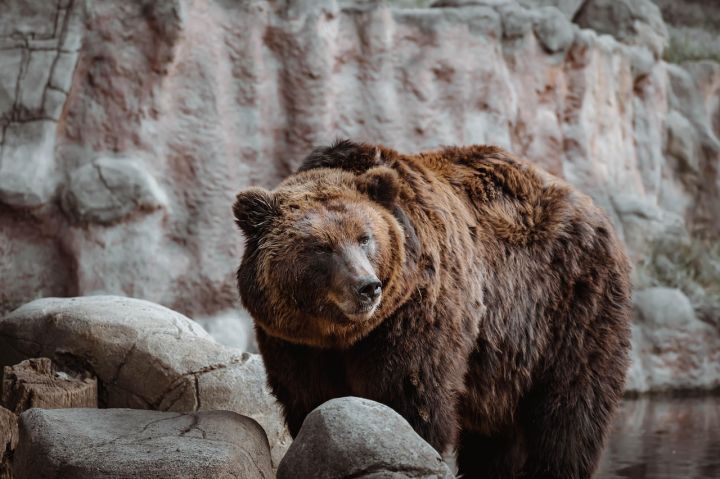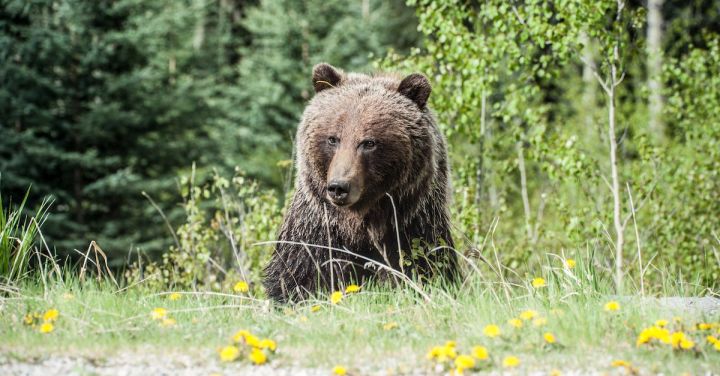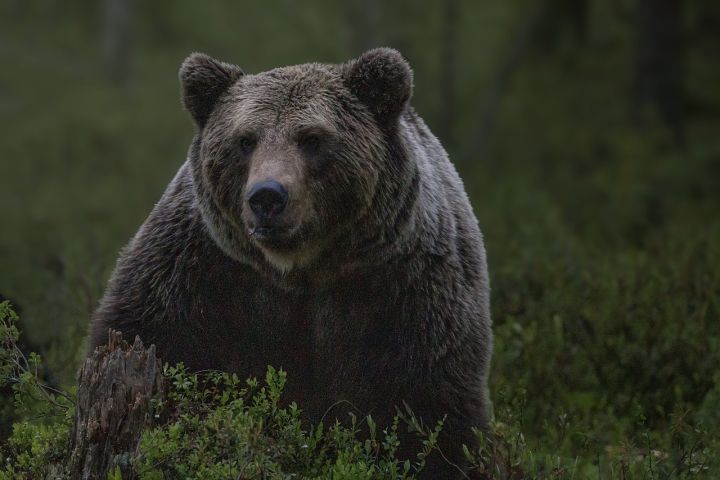How Can You Reduce Human-bear Conflicts?
Human-bear conflicts are a growing concern in many areas around the world where humans and bears coexist. These conflicts can result in property damage, injury, and even loss of life for both humans and bears. However, there are ways to minimize these conflicts and promote peaceful coexistence between humans and bears. In this article, we will explore some effective strategies for reducing human-bear conflicts.
Understanding Bear Behavior
To effectively reduce human-bear conflicts, it is crucial to have a good understanding of bear behavior. Bears are highly intelligent and curious animals, and they are often attracted to human settlements in search of food. By understanding their behavior patterns, we can take proactive measures to minimize their access to food sources and reduce the likelihood of conflicts.
Securing Food and Waste
One of the most important steps in reducing human-bear conflicts is securing food and waste. Bears have a keen sense of smell and can easily be attracted to improperly stored food, garbage, or pet food left outside. By storing food and waste in bear-resistant containers or in secure buildings, we can eliminate the temptation for bears to come near human settlements.
Educating the Community
Community education plays a vital role in reducing human-bear conflicts. By educating residents about bear behavior, proper food storage techniques, and the importance of not feeding bears, we can create a community that is knowledgeable and proactive in minimizing conflicts. Workshops, informational brochures, and public outreach programs can be effective tools in spreading awareness and promoting responsible behavior.
Implementing Bear-Resistant Measures
Implementing bear-resistant measures can significantly reduce the likelihood of bears accessing human food sources. Installing bear-resistant trash cans, electric fencing around gardens or beehives, and using bear-proof containers for storing food while camping are all effective strategies. These measures create barriers that bears are less likely to overcome, reducing the potential for conflict.
Promoting Coexistence
Promoting coexistence between humans and bears is essential for long-term conflict reduction. This can be achieved by creating wildlife corridors or protected areas where bears can roam freely without coming into direct contact with humans. Additionally, supporting conservation initiatives that aim to protect bear habitats and promote sustainable land-use practices can help ensure a balance between human needs and bear conservation.
Reporting Bear Sightings
Prompt reporting of bear sightings is crucial for managing human-bear conflicts. By reporting sightings to local wildlife authorities, they can track bear movements and take necessary actions to prevent conflicts. This information can also help in identifying patterns and developing effective strategies for bear management in specific areas.
Properly Managing Attractants
Managing attractants is another key aspect of reducing human-bear conflicts. This includes minimizing the availability of food sources such as bird feeders, fruit trees, or compost piles, especially during periods when bears are most active. By removing or securing these attractants, we can discourage bears from venturing into human-populated areas.
Collaborating with Wildlife Experts
Collaborating with wildlife experts, such as conservation organizations or government agencies, can provide valuable insights and guidance on reducing human-bear conflicts. These experts can conduct research, provide training, and offer support in developing and implementing effective management practices. By working together, we can maximize our efforts and achieve better outcomes in conflict reduction.
In Conclusion
Reducing human-bear conflicts requires a combination of proactive measures, community education, and collaboration with wildlife experts. By understanding bear behavior, securing food and waste, implementing bear-resistant measures, promoting coexistence, reporting bear sightings, managing attractants, and collaborating with wildlife experts, we can minimize conflicts and create a safer environment for both humans and bears to coexist harmoniously. Let us all take responsibility and play our part in reducing human-bear conflicts for the betterment of our communities and the conservation of these magnificent creatures.






